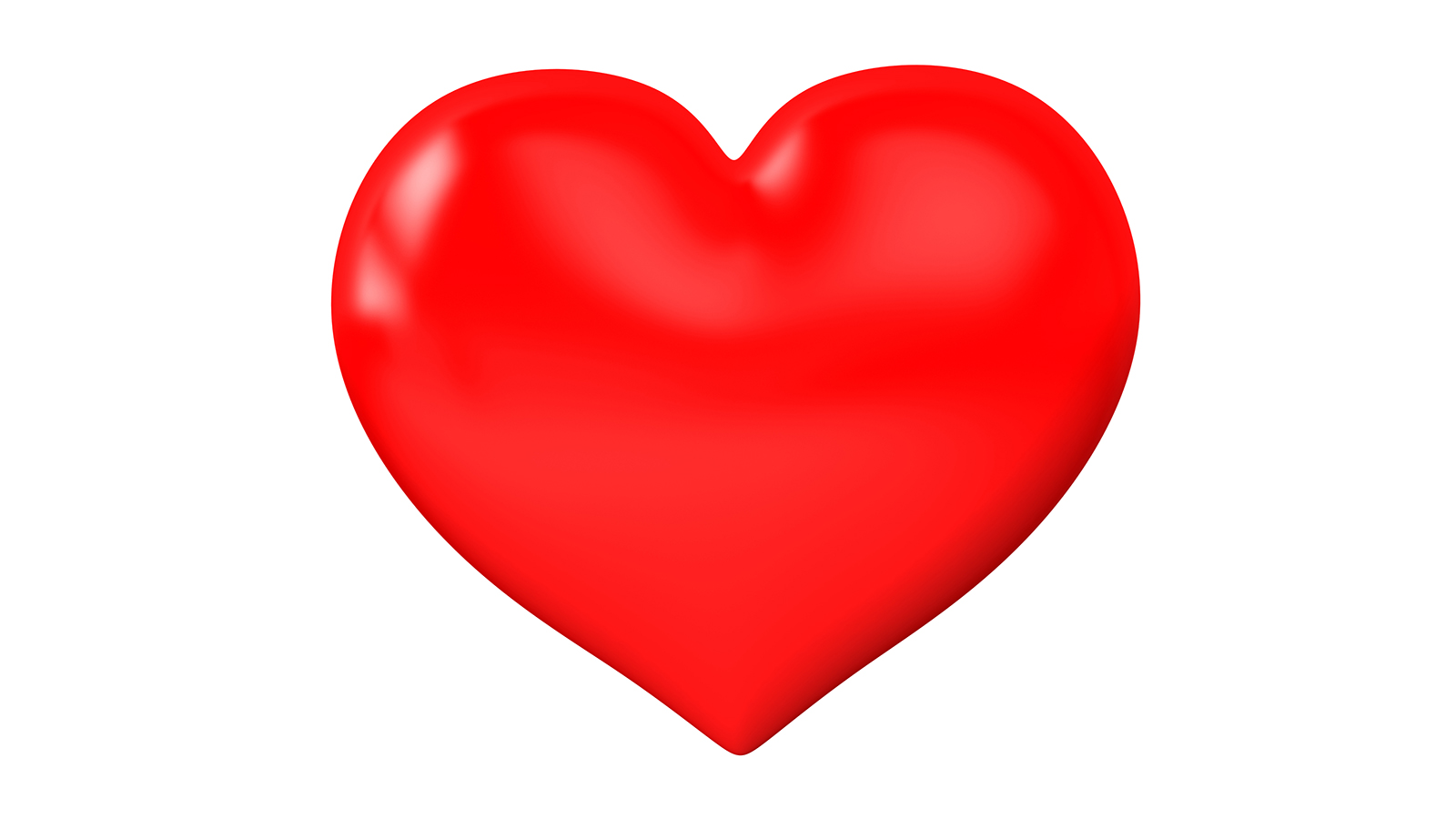 At some point in middle school or whatever, you learn that the heart inside our bodies (the one you see on science charts) is not exactly (though somewhat similar) shaped like the love kind of heart.
At some point in middle school or whatever, you learn that the heart inside our bodies (the one you see on science charts) is not exactly (though somewhat similar) shaped like the love kind of heart.
But as the Baal Shem Tov taught there’s a lesson to be learned from everything. The love-heart shape has two humps on top, protrusions that may appear separate or distinct, but they draw down to one singular unified point on the bottom. Yes, we do have our differences, but love ought to find that common shared essential point, that core where we are (or become) one.
This is hopefully true of a couple, or any good friendship but is also true of our people. We have many ways that we are different, and that’s OK, as long as when it comes down to it, we share that same unifying point, the inner core soul connection that we share.
We can go deeper with this and explain that the upper part of the love-heart shape reflects the Tzemach Tzedek’s vision of Ahavat Yisrael (love of our fellow) by celebrating and appreciating our differences (and how we complement and fulfill one another), whereas the Alter Rebbe’s vision of Ahavat Yisrael in Tanya’s famous beloved chapter 32 focuses on that which we have in common, our soul-core bond where there are no differences, like the pointy singular bottom of the love-shaped heart. You could say that Alter Rebbe (the first Chabad Rebbe, founder of the movement and author of the Tanya) sees love DESPITE our differences, whereas Tzemach Tzedek (his grandson, the 3rd Chabad Rebbe) sees love as BECAUSE of our differences.
On a practical basis, the love-shaped heart can teach us to respect and appreciate and feel deeply connected to our fellow Jews even if there are many legitimate differences. And there are real-world ways to express that connection in our everyday lives and human interactions.
